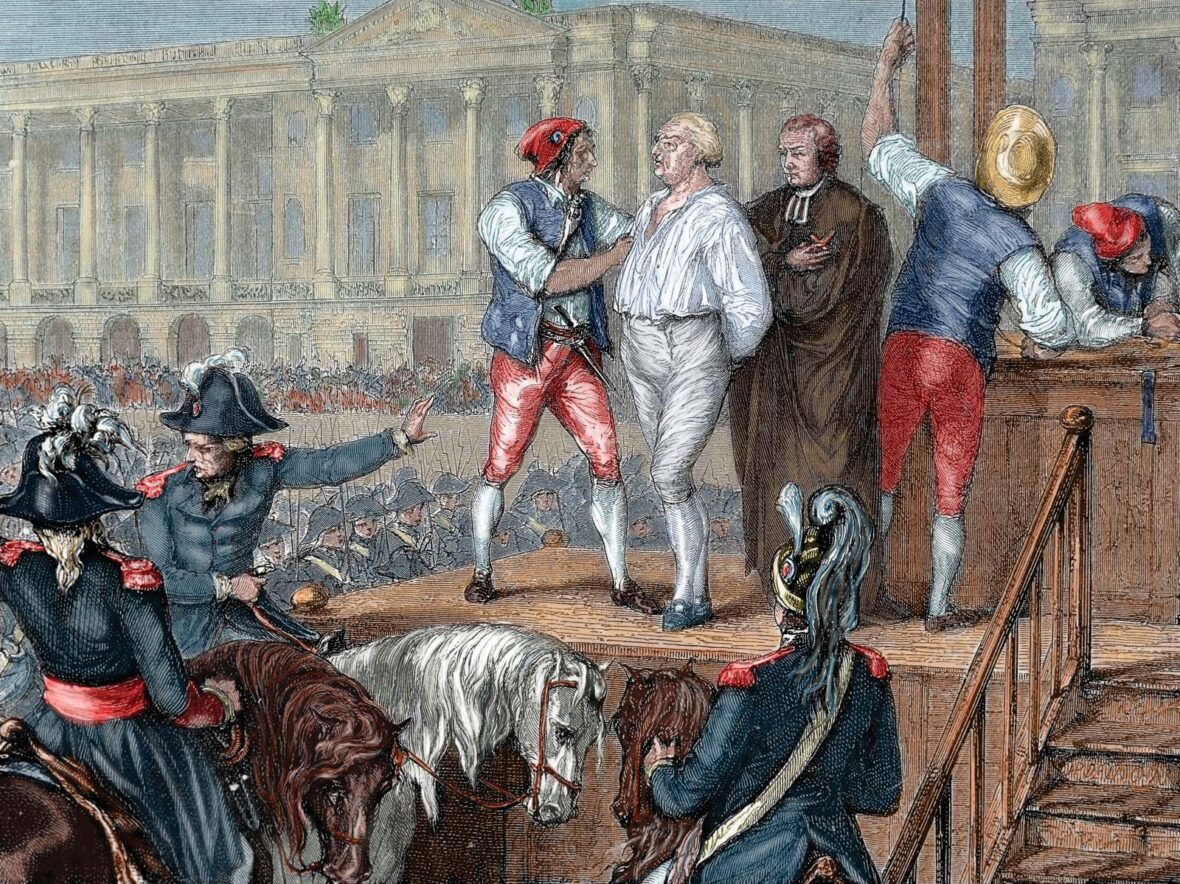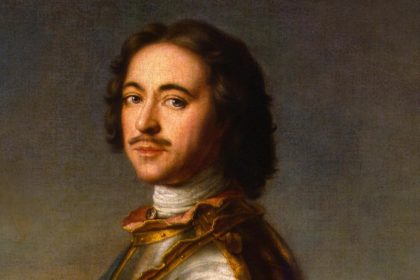The French Revolution was one of the greatest revolutions of all time. This revolution stands as an evidence of common people’s power. The commoners not only overthrew their King Louis XVI but also beheaded him and his wife, Marie-Antoinette. Take a look below for 23 awesome and interesting facts about the French Revolution.
1. The French Revolution or the “Revolution of 1789” started in the year 1789. The revolution ended in 1799. It is during this revolution that Napoleon Bonaparte rose to fame and power. This revolution goes by the other name, that is “Revolution of 1789” because, after this, two other revolutions took place – one in 1830 and then another one in 1848.
2. Of the several reasons that led to the French Revolution of 1789, one of the reasons was that of France’s involvement is American Revolution was turning out to be very costly for France. In case you didn’t know, France was an arch rival of British and hence, the were helping in American Revolution.
3. Taxes were extremely high and was imposed only on common people (Third estate – we will come to this shortly) and the government was doing nothing to improve their conditions. There was looting, rioting and striking all around. It was complete unrest everywhere in France.
4. Talking of estates, there were 3 estates in France. The First estate included clergymen, this was again divided into upper and lower clergy. Lower clergy’s population was 90% in the first estate.
5. The Second estate included royalty excluding the King and yet again, even this was divided into Noblesse de robe (“nobility of the robe”), the magisterial class that administered royal justice and civil government and Noblesse d’épée (“nobility of the sword”).
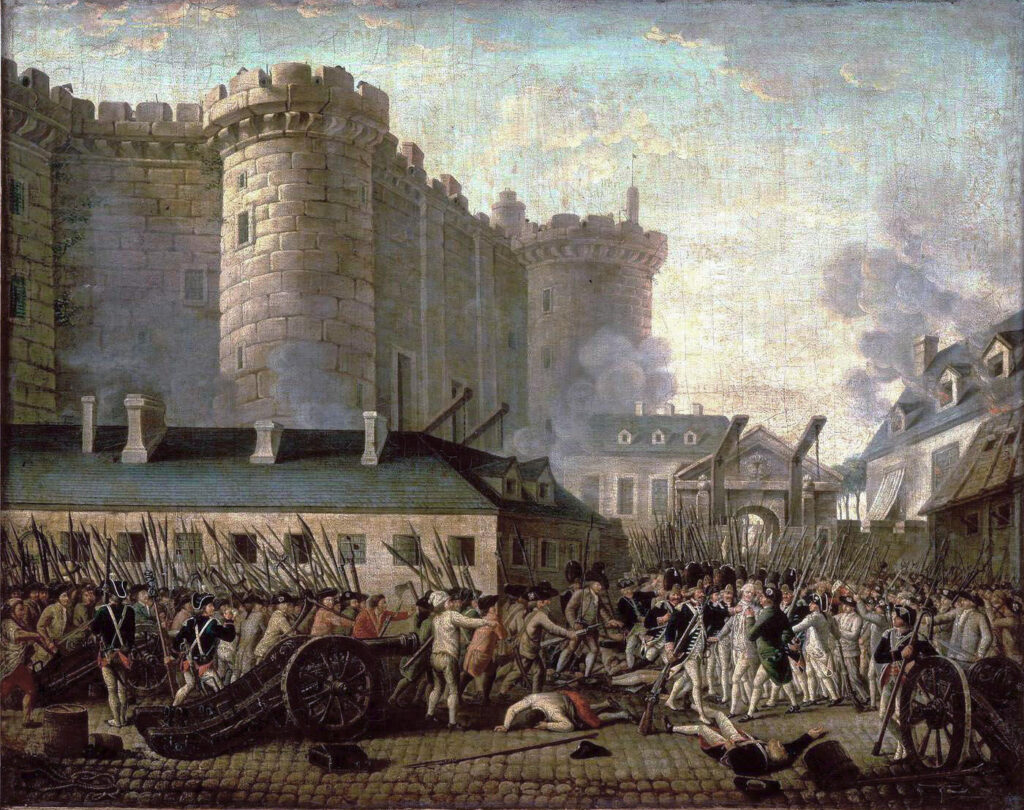
6. The above two estates were exempted from paying taxes and it was the third estate which had to pay all the taxes and had no recognition for themselves.
7. The third estate included the people who were not included in the above two estates. The Third estate made up 98% of French population when the French Revolution broke out.
8. So, in 1786 a controller general of Louis XVI brought a proposal regarding taxes. According to that, the first two estates would lose the privilege of tax exemption and would lessen the burden on the third estate.
9. Louis XVI then summoned for “les états généraux” (Estates-General), which was an assembly of all the estates with representations from middle class, nobility and clergy.
10. Les états généraux assembly was scheduled to be on 5th May, 1789. All the estates were told to list out the problems they were facing.
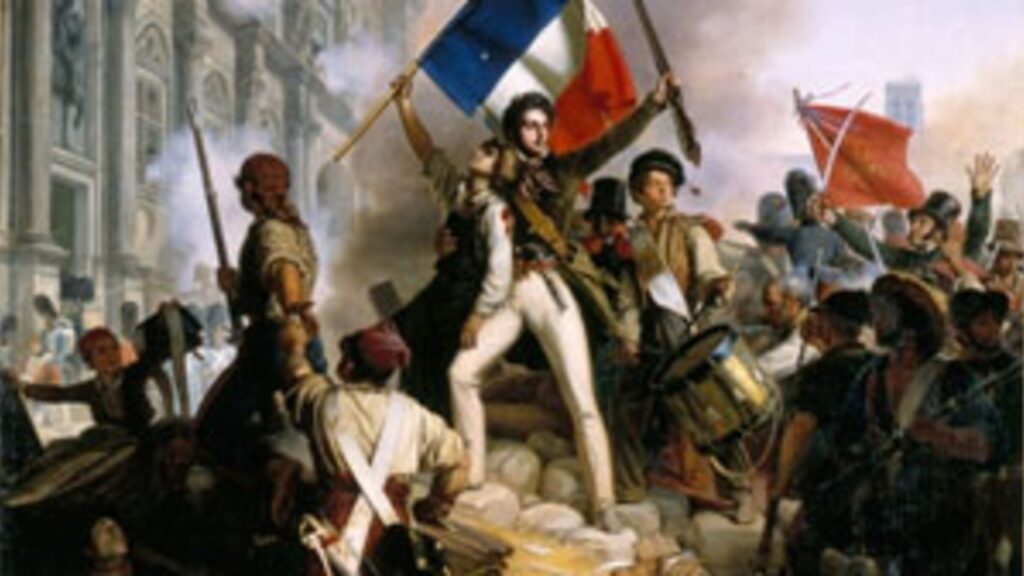
11. Estates-General sounded too well but it was partial and nobles had the veto power but the third estate wanted equal representation and hence mobilized and formed groups for this cause.
12. The days were nearing for the meeting and all the three estates gave their grievances. Representatives of every estate wanted reforms in finance and judiciary and a government that was far more representative. The Third estate wanted equal privileges for everyone. The first two estates, however, were reluctant to let go of their privileges.
13. On May, 5th, 1789 the first two estates and the third estate met at Versailles and started disputing about the representation while putting the real purpose behind.
14. On 17th June however, the talks were totally stalled. Only the Third estate turned up. This led to the formation of National Assembly by the Third estate on 17, June, 1789 and after three days, they took an oath called as “serment du jeu de paume” or The Tennis Court Oath (as they met in a tennis court nearby) and they vowed not to stop this until constitution was reformed.
15. Within just one week, many clergymen and nobles joined them and finally on 27th, June, 1789 Louis XVI merged all the three estates into one.
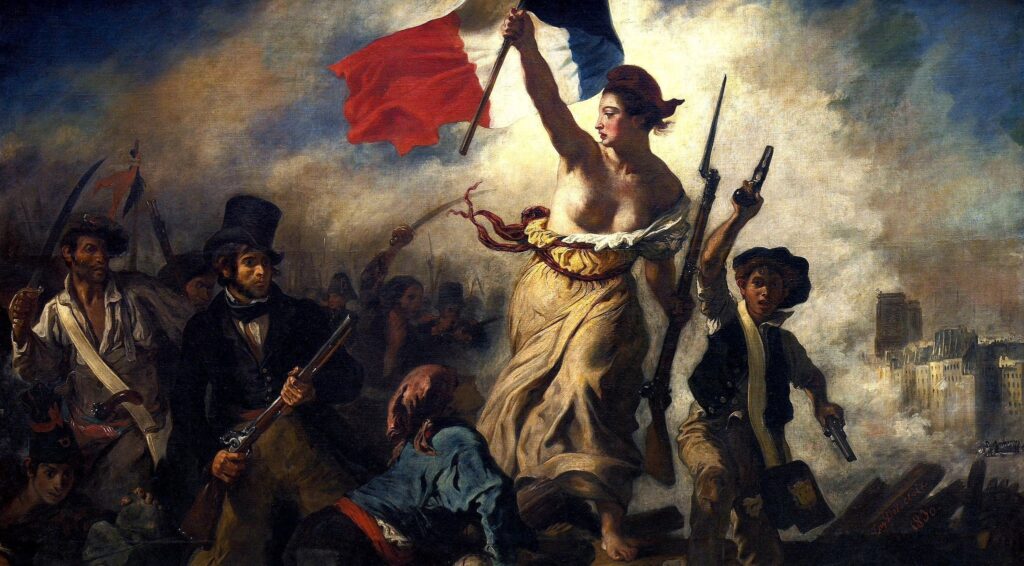
16. However, rumors were that Louis XVI and nobles conspired (aristocratic conspiracy) against the Third estate and the people of Third estate were scared of what’s going to happen.
17. This led to the barging in the fortress at Bastille (which was a symbol of royal dictatorship) on July, 14th, 1789. This is considered as the first step of French Revolution. Today, French people celebrate “le joure de la prise de la Bastille” on 14th, July. The real purpose behind that barging in was to get hold of weapons and gunpowder.
18. This small incident soon spread to the entire country and the peasants openly burnt, looted a lot of nobles, clergy, taxpayers etc. The so-called “la Grande peur” (Great Fear) made the nobles and clergymen to leave France.
19. During this time only, they abolished the feudalism on August 4, 1789 and on the very same day, they adopted “Déclaration des droits de l’homme et du citoyen” (Declaration of the Rights of Man and of the Citizen).
20. This declaration was inspired by the political thinkers like Rousseau, Voltaire etc. They wanted to create a government which would have equal representation, freedom of speech, representative government etc.
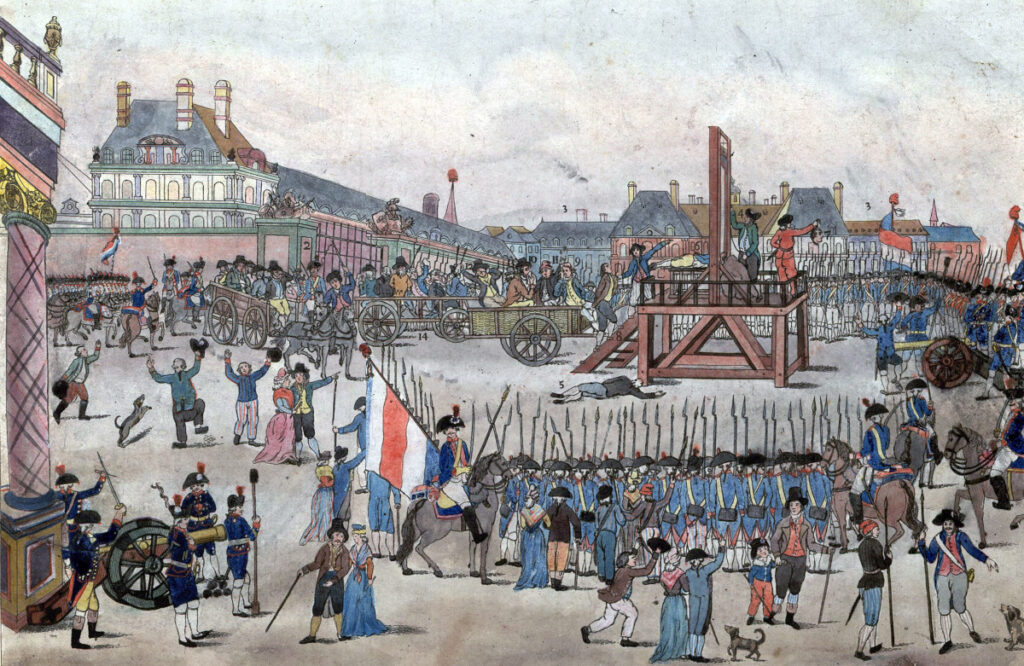
21. While this was going on, there were issues with nobles and the King himself that they had to solve. The nobles tried to bring back church’s authority over politics and the King, unable to take the “pressure” tried to run away from France on 20-21 June, 1791 but was caught at Varennes and they brought him back.
22. France adopted its first written constitution on 3rd September, 1791 (that was created by National Assembly but then it was called National Constituent Assembly as it was working on Constitution).
23. The new constitution gave back the veto power to King where he could appoint ministers but radicals like Maximilien de Robespierre, Camille Desmoulins and Georges Danton were strongly against such government and demanded a republican government and trial of Louis XVI.

